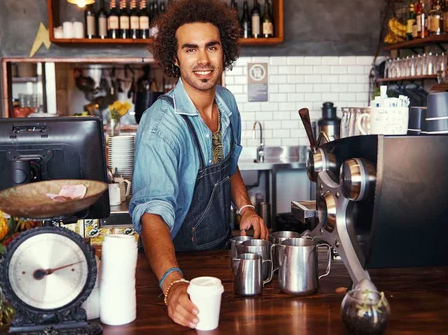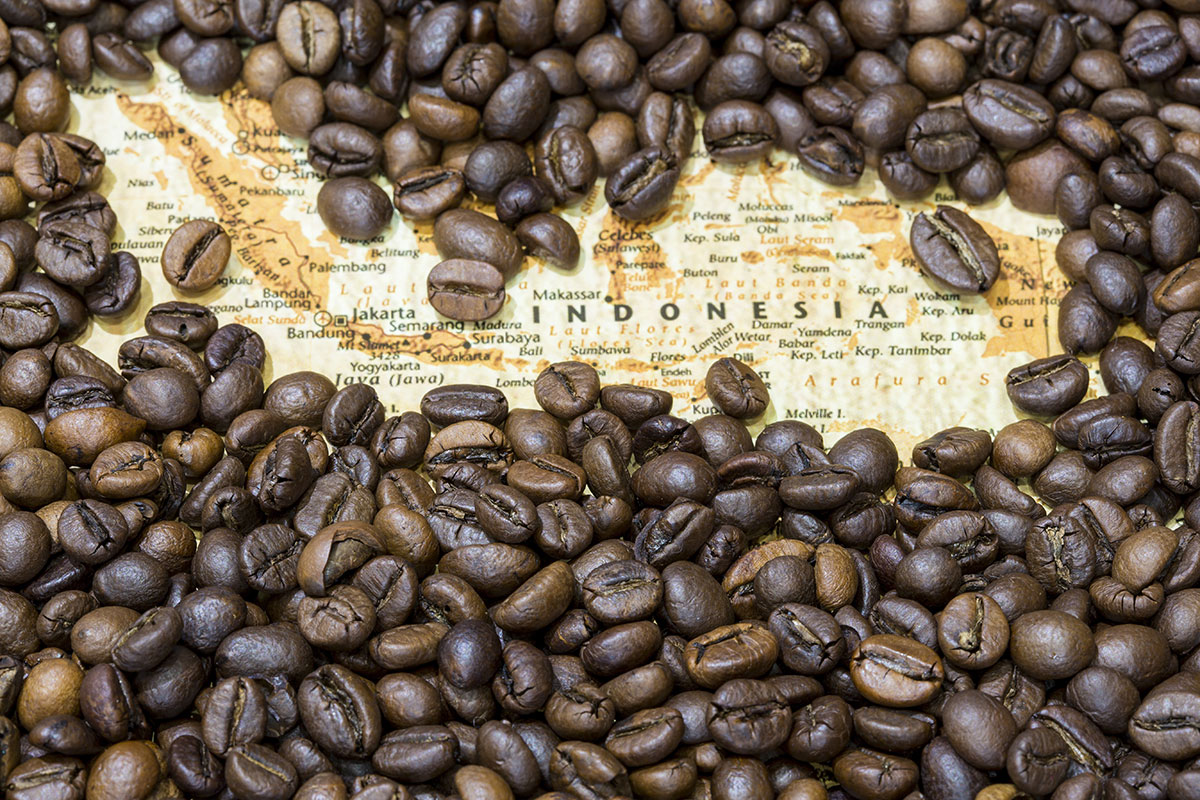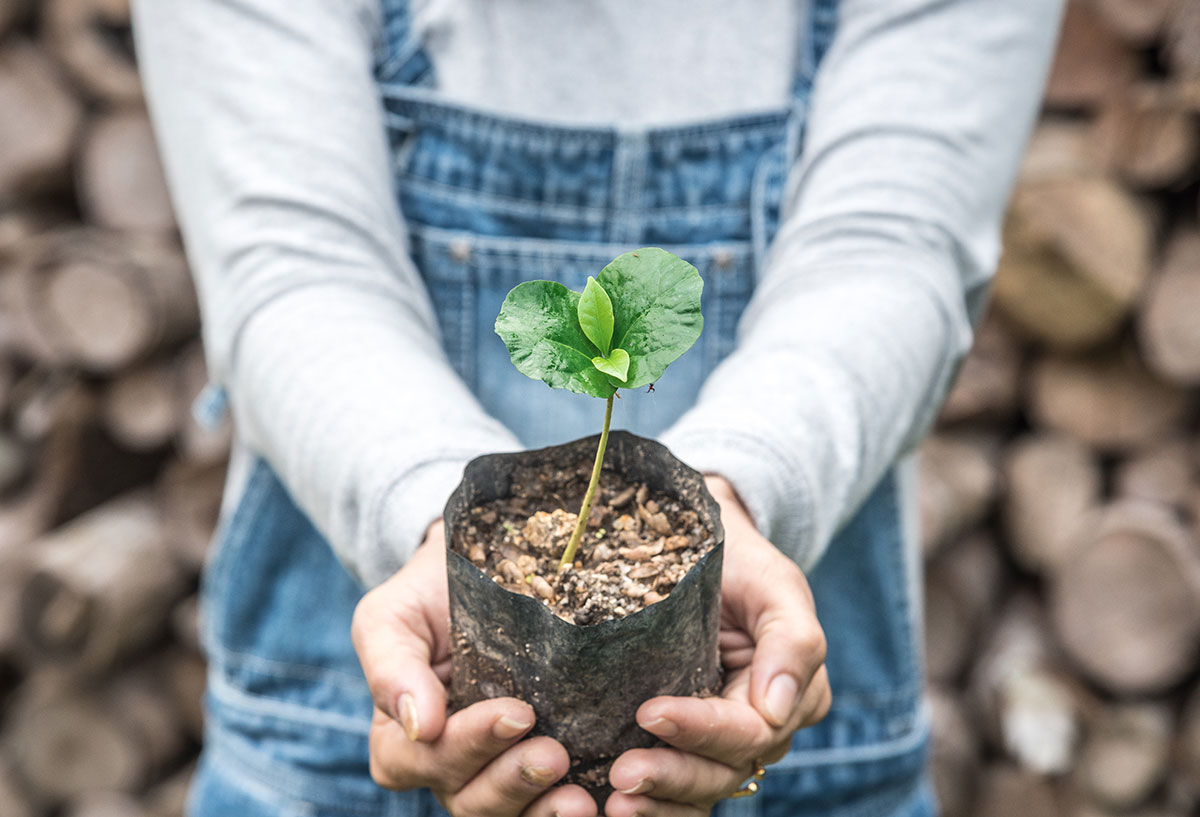Will reusable coffee cups necessarily be more environmentally friendly than disposable coffee cups?

Professional coffee knowledge exchange more coffee bean information please follow the coffee workshop (Wechat official account cafe_style)
Is any item more symbolic of our modern disposable culture than disposable coffee cups? In March 2016, as he drove a bus through London, they were vilified in 10000 coffee cups by celebrity Hugh Fearnley-Whittingstall 's "War waste" campaign: it is said that Britain uses it every two minutes.
Because of the thin plastic lining that makes them waterproof, most paper recycling plants cannot effectively dispose of these coffee cups, most of which are burned or sent to landfills. To make matters worse, due to hygiene and food contact requirements, they are usually made from native tree fiber rather than recycled paper.
Although Fearnley-Whittingstall 's activities have angered many people, our drinking habits have not slowed down, as the number of coffee shops in the UK is expected to grow by 20000 from 30000 to 2025. This is not necessarily a bad thing, as the industry provides jobs, helps protect high streets and sustains coffee growers in developing countries. But if the coffee shop stays here, what is the best way to dispose of the large amount of waste they produce?
According to this waste grade, preventing waste should be the top priority. Reusable cups are becoming more and more popular, and most major coffee shops offer discounts to their own customers (usually far more than the disposable cup itself). However, reusable cups usually generate no more than 5% sales. The inevitable fact is that it is inconvenient for runners to remember their cup, carry it with them and wash it between uses. More importantly, it can be used between 20 and 100. Compared with disposable products, reusable cups can offset their higher greenhouse gas emissions because more energy and materials are needed to make durable products. And the hot water needed to wash them.
Why your reusable coffee cup may not be better than disposable coffee cups more than 2 billion coffee cups are sold in the UK alone each year. Alexander Weickart/shutterstock
Compostable coffee cups can theoretically leave behind any harmful residue or garbage. But they only decompose with collected food waste in industrial composting facilities and require dedicated collection streams that do not contain non-composting materials. Through some programs, they can work, as shown in the London 2012 Olympic Games, but currently the UK is not set up to handle compostable packaging. At present, they are most suitable for closed environments, such as canteens or tourist attractions, and they are the only packaging types used.
It seems that disposable paper cups will still exist in the foreseeable future. But things may not be as bad as they seem-even before Fearnley-Whittingstall raised the issue, the main stakeholders in the coffee cup value chain, from paper cup makers to coffee chains to waste processors, had gathered to form the Paper Cup recovery and Recycling Group (PCRRG). They realized that if only the plastic lining could be removed, the raw paper fibers used in each cup could be a valuable resource.
The technology has been originally used to recycle Tetra Pak liquid cartons. Basically, cartons (or cups) are mixed with water and pulped in a giant washing machine for 20 minutes to separate the plastic lining. Paper fibers are used again, while plastics are recycled in garden furniture or building materials. Currently, three such factories in the UK accept coffee cups: when combined, they can recycle more than 450 million cups a year-far more than the 250 million consumed in the UK each year (and will not replace juice cartons and other uses).
But even if you can, the collection infrastructure and the economy must work. In the CSR showcase, most major chains now accept any used cup for recycling, even if it is bought elsewhere. More importantly, Costa Coffee even pays waste collectors a £70 supplement for each tonne of recycled coffee cups, increasing their value by 150 per cent and providing economic incentives to remove them from landfills.
New end markets are also increasing demand for recycled coffee cups: for example, Selfridges "upcycling" coffee cups make them unique yellow bags. This method has made great progress, with the number of coffee cups recycled jumping from 2016 of 400 to 2018 of 25.
But even recycling is not perfect-it consumes a lot of energy, produces greenhouse gas emissions by transporting cups to the right facilities, and is inefficient because of pollution caused by improper disposal. Once you take into account all the environmental costs associated with the production, use and disposal of coffee cups, it may be better to bring some cups to local abandoned energy plants in some areas rather than transporting them over long distances. Recycling.
Search is an even more lasting solution. For example, a company called Cupffee has launched a coffee cup made from edible waffle biscuits.
But it is worth remembering that coffee cups still make up only about 0.7 per cent of packaging waste in the UK. It is estimated that the packaging makes up for takeout lattes in disposable cups of less than 5% of the total carbon footprint (considerations: fertilizer oil for plantations, jet fuel for transporting coffee beans, energy for heating coffee, etc.). Their prominence may focus on bigger issues.
At the same time, why not decide to rediscover the fun of eating with appropriate porcelain cups? If you come across a discarded coffee cup, you can do a good job of the day and take it to the nearest collection point. Conversation
About the author
Caroline Wood, Ph. D. researcher in Plant Biology / Food Safety, University of Sheffield
END
Important Notice :
前街咖啡 FrontStreet Coffee has moved to new addredd:
FrontStreet Coffee Address: 315,Donghua East Road,GuangZhou
Tel:020 38364473
- Prev

Due to funding problems, ACE announced the suspension of the CoE project in Indonesia.
Professional coffee knowledge exchange more coffee bean information please follow the coffee workshop (Wechat official account cafe_style) due to financial problems, the Coffee Excellence Alliance (ACE) announced the suspension of the CoE Cup project in Indonesia. Initially, after the success of the pilot project in Aceh, Indonesia in March this year, ACE originally planned to continue to carry out Bandung in Bandung in 2020 next year.
- Next

SCA launches "Coffee Sustainable Development" training program to promote the survival and development of the industry
Professional Coffee knowledge Exchange more coffee bean information Please follow Coffee Workshop (Wechat official account cafe_style) Fine Coffee Association (SCA) recently announced the launch of the Coffee Sustainable Development Plan, a professional training program in response to the growing demand for sustainability in the coffee business, designed to help the coffee industry survive and develop through achieving sustainable development. In
Related
- What ratio of water temperature and ground does the smart cup method use to press coffee? The difference between brewed coffee and filtered coffee?
- What is the standard process for the purpose of coffee cup testing? What is the difference between hand-brewed coffee and cup testing?
- How to use hand-brewed coffee paragon small golden balls? How does cold coffee lock in the aroma of coffee?
- Is American coffee black? What is the difference between American coffee and drip coffee?
- Unexpected! Well-known tea beverage brand Lele Tea will withdraw from the Zhengzhou market!
- Starbucks enters the fashion and beauty industry?! Netizen: Give me an ice American eye cream
- Why can American refills for free? The difference between Americano and American drip pot coffee
- Being chased out of the rain in front of Starbucks?! Store: Sheltering from rain under umbrellas poses a safety hazard
- The white moonlight has changed?! Lucky launches "Big Winter Pear American"
- Hand-brewed coffee three-stage method, high-sweet and universal brewing method to share! What does the high sweet water level of hand-brewed coffee mean?

